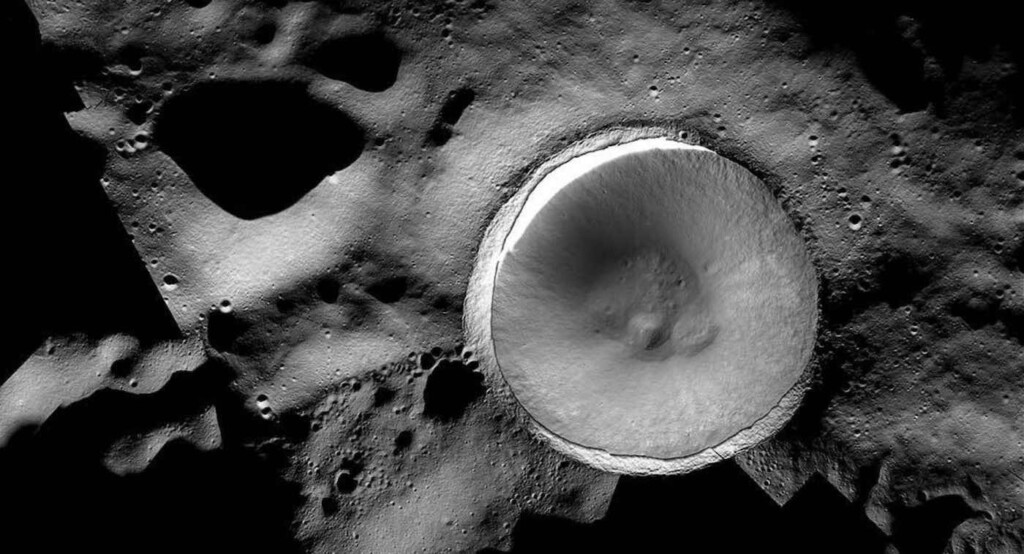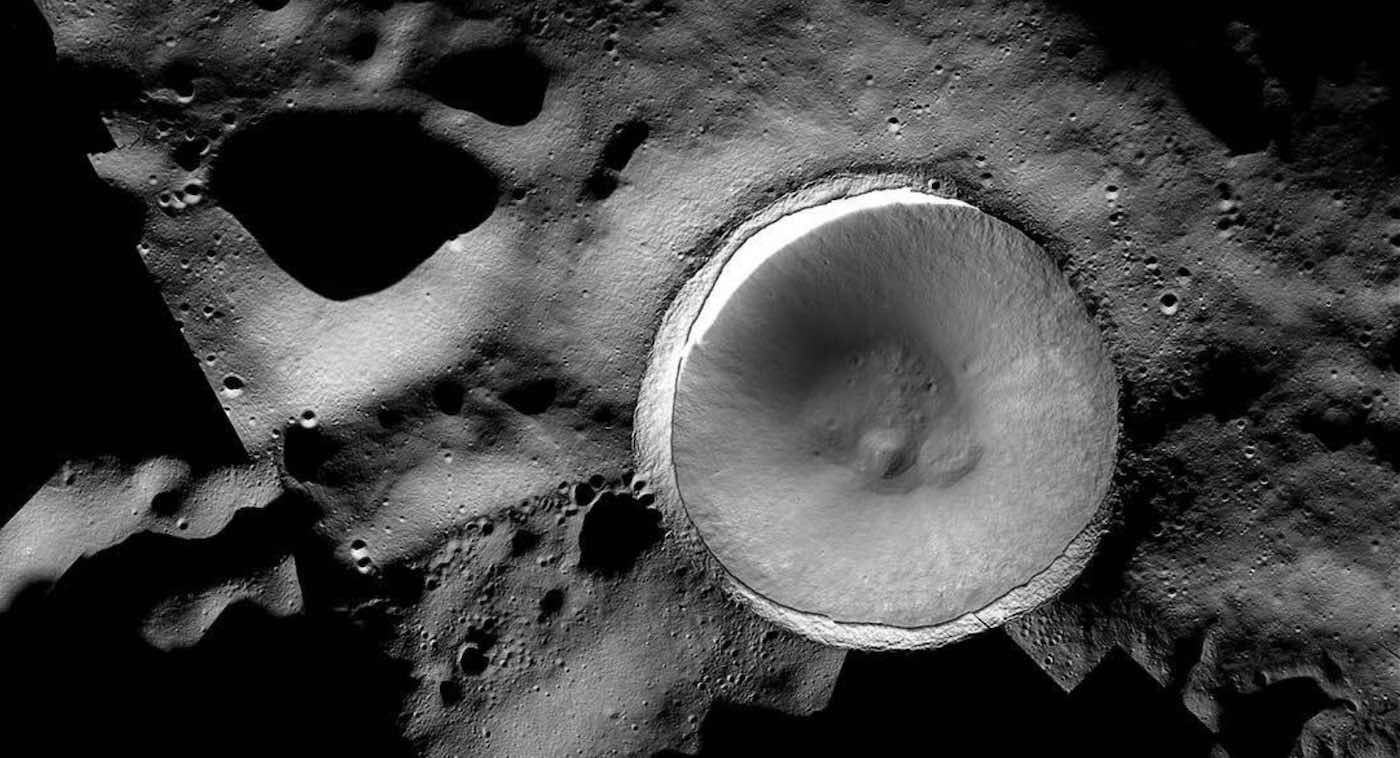
Of all of NASA’s missions and toys, ShadowCam has gone under the radar after it went into orbit around the Moon last December.
Designed to image directly into the permanently shadowed craters at the Lunar poles, ShadowCam is 200 times more sensitive to light than previous Lunar cameras.
ShadowCam is one of six instruments on board the Korea Aerospace Research Institute (KARI)’s Korea Pathfinder Lunar Orbiter, known as Danuri, which launched in August 2022.
What secrets is ShadowCam revealing? It’s helping scientists understand how much ice is located at the bottom of these craters which have been measured as some of the coldest places in all the solar system. NASA knows there are ices there, but what they hope to learn with ShadowCam and a future mission involving a rover will be what happens to ice and soil when they go without so much as a single lumen of sunlight for literally billions of years.
In 2009, NASA crashed to spacecraft into the Moon and revealed the presence of “volatiles,” a shorthand term in astronomy to refer to solid, icy forms of gases or liquids like water, methane, CO2, carbon monoxide, and ammonia.
The condition of these volatiles is important to understand since they can be used to create drinking water for astronauts, rocket propellent for returning home, and as shielding agents against the harmful radiation of the Sun, key components of sustaining the longtime goal of the Artemis missions to establish a permanent presence on the Moon.
“We know the volatiles are there, but we don’t know if it’s icy dirt or dirty ice,” Jacob Bleacher, chief exploration scientist at NASA, told Nat Geo.
MORE UPDATES ON THE ARTEMIS MISSION: Plants Have Been Grown in Lunar Soil For The First Time Ever
To get a closer look, or to examine specific examples spotted by ShadowCam, NASA is sending the VIPER, or Volatiles Investigating Polar Exploration Rover next year, to make daily dips into the polar craters and extract samples before hurrying back up to the surface before the 9 hours of battery expires down in the darkness without the Sun’s rays to recharge it.
In general, it’s difficult for spacecraft to survive on the moon since after 14 days of perpetual daylight it has to endure 14 days of darkness, but the VIPER will have solar panels mounted on the sides of its chassis which will catch sunlight in the polar regions that receive low-angled sun pretty much all the time.
WATCH a NASA explainer video…
EXCITED About The Return To The Moon? SHARE This Story With Others…




















